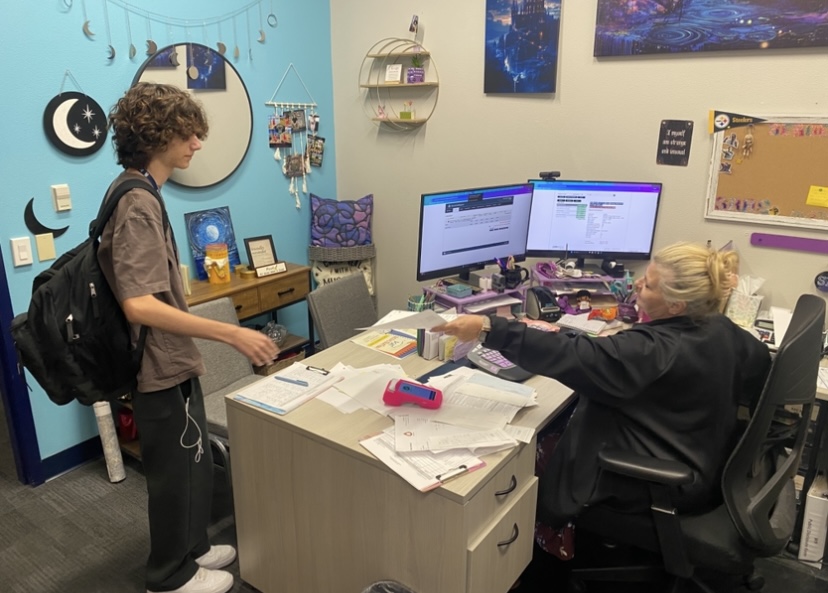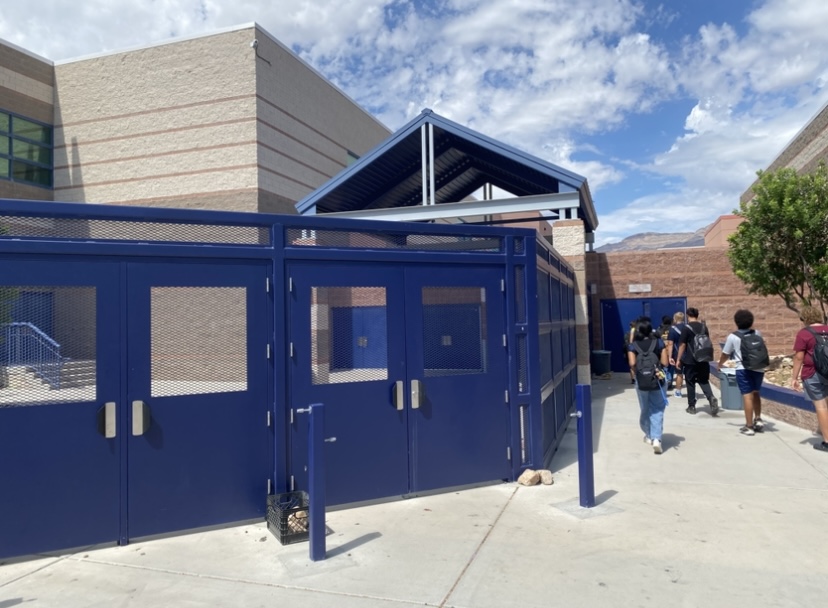Every December, Mr. Stahlke and the Forensic I students embark on a Christmas-y crime scene, where they solve a candy cane slasher, or a snowy robbery. However, Santa doesn’t always have time to make presents and detailed scenes.

That is where the Forensic III students come in. Having already spent two years in the program, Forensic III students are educated in the identification, processing and analysis of crime scenes, making them the perfect choice to prepare the younger years.
This year, however, Santa is not expected here. Instead, the 1 Christmas carol of crime- created by the Forensic III students- is being replaced by 5 unique scenes. Each crime utilizes different methods of analysis, and has a fun, engaging plot line to help solve how the crime was committed. Samantha Manning, a senior and Forensics III student, is one of the first to publish.
“I honestly do think 5 new crime scenes throughout the month will be better because we, as threes, get to create them, which allows for more creativity and variety,” Manning commented. “The Christmas scene was good, but it’s always the same every year. With five new scenes, we get fresh ideas from students who can bring all kinds of creativity to their scenes, answering questions like what happened, where, how, when, and why. This change makes the activity more engaging and exciting for everyone involved.”
She has recently tested out her crime scene and found her experience in previous years impervious to her job.
“The past two years of studying forensics have significantly helped me in creating my crime scene. I have gained a strong understanding of evidence collection, crime scene preservation, and documentation techniques, which I applied while setting up the scene,” Manning said. “For example, I used my knowledge of how to properly position and label evidence to make the scene realistic and organized. Additionally, my experience with analyzing different types of evidence, such as fingerprints or blood spatter patterns, helped me incorporate realistic details that enhance the story behind the scene. This background gave me confidence in ensuring accuracy and creativity,” Manning noted.
However, to apply learned knowledge, something has to be created.

“I think the overall creation process was kind of difficult because we had to come up with the scene and figure out all the details, like the why, the how, the when, and how the people in the scene knew each other. There were so many questions to answer, which could get a little stressful. But honestly, it was still fun because we got to share our ideas with each other, and everyone’s creativity really came through. Once we had everything figured out, it became a lot easier, and putting it all together at the end was really satisfying,” Manning said.
However, with the advanced studies working on making a Christmas miracle, some students wonder why the duty has been passed on.
Mr. Stahlke, the forensic science teacher, finds it essential to the program.
“The end of the year crime scenes are a massive project, and this is helping with the communication with the team so you can meet a deadline,” Stahlke said. “So you’re comfortable working with a team with different opinions. There’s so many parts, and this helps make the III’s able to meet those deadlines.”









